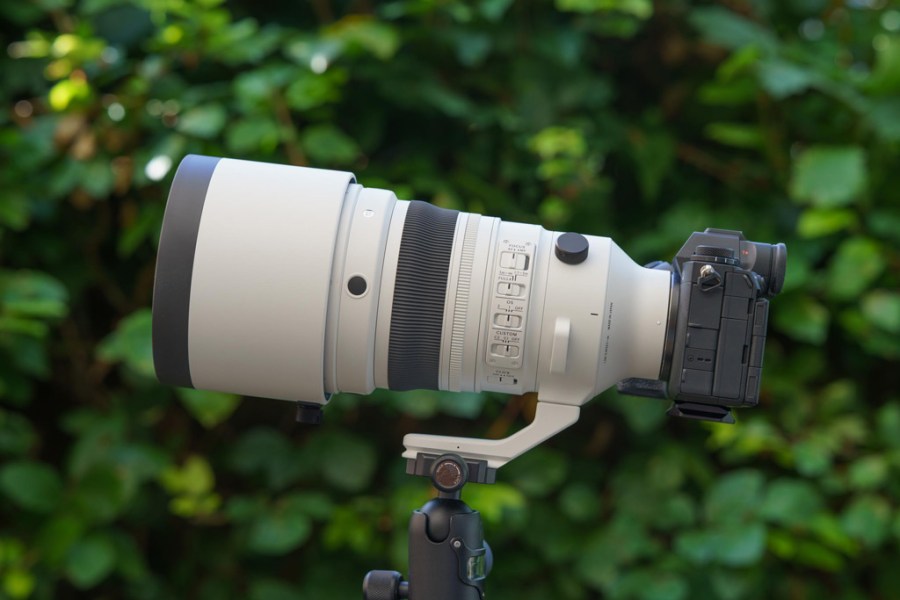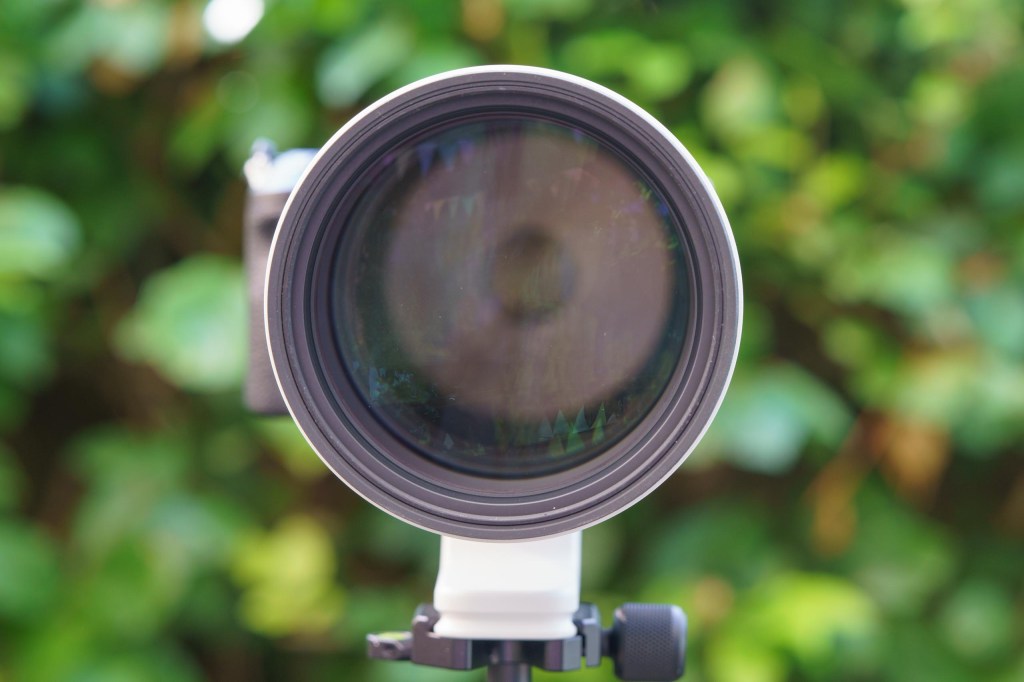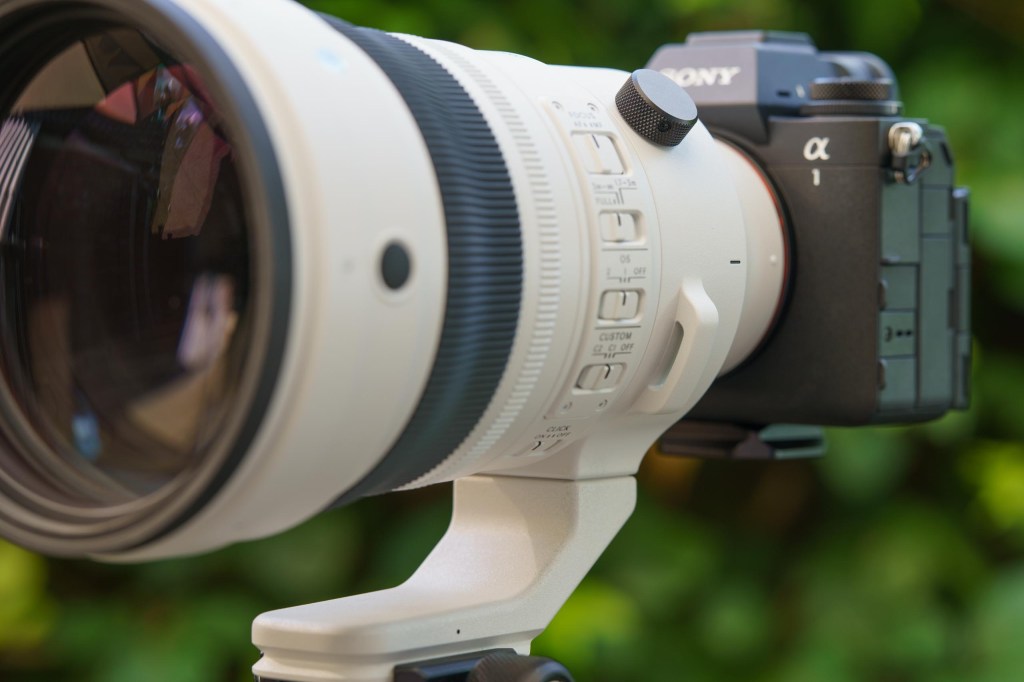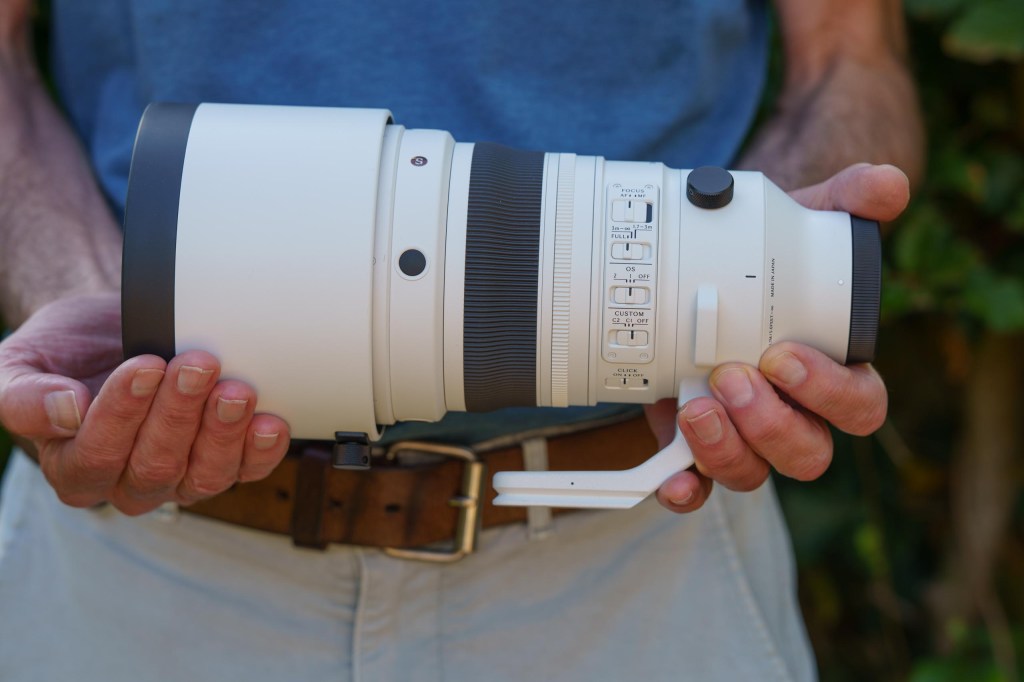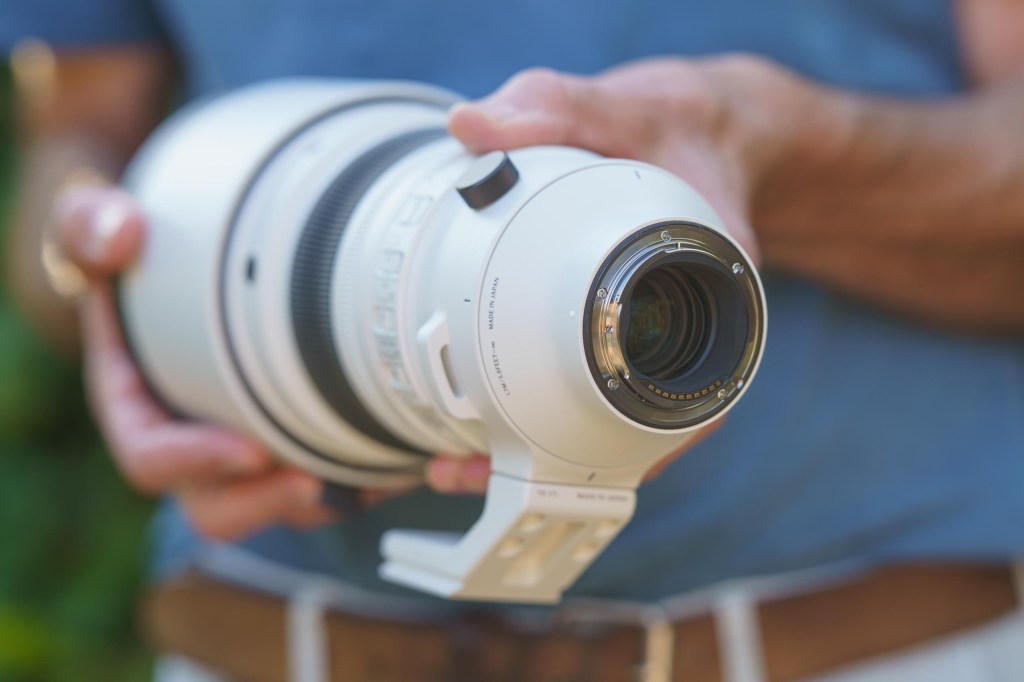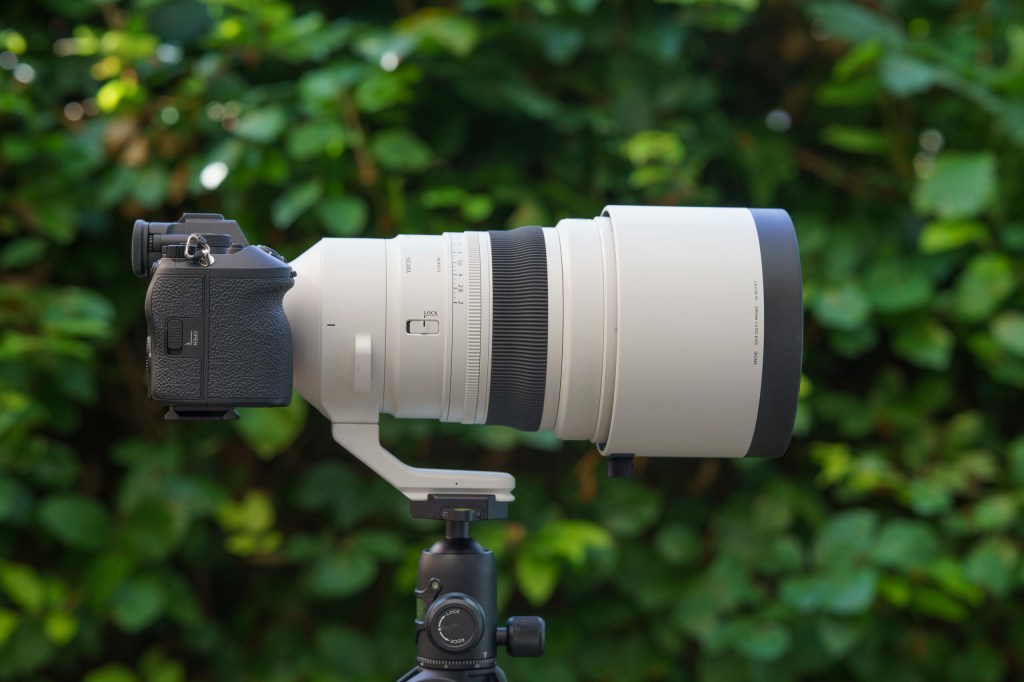Amateur Photographer verdict
For photographers who prioritise image quality and shallow depth of field above all else, the Sigma 200mm F2 DG OS | Sports is a compelling and rewarding choice- Superb sharpness and bokeh
- Fast, accurate focusing
- Fabulous subject separation
- Heavy for hand-held use
- Not compatible with teleconverters
- Optical excellence commands a high price
Sigma 200mm F2 DG OS Sports at a glance:
- $3299 / £2999
- F2-F22
- 105mm filter thread
- 6.5-stop image stabilisation
- 203mm long, 1800g (E-mount)
- L-Mount, Sony E-mount
The Sigma 200mm F2 DG OS Sports is a unique addition to the company’s full-frame mirrorless lens line-up, claiming the title of the world’s first 200mm f/2 lens for the format. Designed to appeal to portrait, sports and indoor event photographers, this telephoto prime lens promises a bright aperture, robust build and high-speed focusing in a package tailored to demanding conditions. It could be an attractive alternative to a 70-200mm f/2.8 lens for those who routinely use their zoom lens at its longest focal length and widest aperture.
Given its specification, it should be no surprise to hear that this lens isn’t cheap, coming in at $3299 / £2999. The lens is available for Sony and L-Mount cameras, and I tested the Sony E-mount version.
Sigma 200mm F2 DG OS Sports – Features
Built for full-frame mirrorless cameras, the Sigma 200mm F2 DG OS Sports features a complex optical construction of 19 elements arranged in 14 groups, including two FLD (F Low Dispersion) and two SLD (Special Low Dispersion) elements. These help to correct chromatic aberrations and maintain high image quality throughout the frame.
As part of Sigma’s Sports line, the lens is dust- and splash-resistant, with a gasket around the mount, and features thermal insulation paint to reduce the impact of heat on optical performance. While the front element is most likely to be protected by the deep lens hood that comes in the box, it also has a water- and oil-repellent coating.
The lens’s autofocusing is driven by Sigma’s HLA (High-response Linear Actuator) motor for fast and accurate performance. There’s also optical stabilisation built in that uses Sigma’s OS2 algorithm and is claimed to provide up to 6.5 stops of shutter speed compensation. Two OS modes are available: Mode 1 for general use, and Mode 2 for when panning with a moving subject.
The lens has a large f/2 aperture, which means it lets in twice as much light as an f/2.8 optic, making it useful in low-light environments and when fast shutter speeds are required. There’s also a click/de-clickable aperture ring with a lock switch, three customisable AFL buttons, and switches to set the focus mode (AF/MF), focus distance limitations, optical stabilisation mode and Custom Mode settings.
The Custom Mode switch has three positions, including ‘Off’, but customisation requires Sigma’s USB UD-11 dock. L-Mount users can use the dock in conjunction with Sigma’s Optimisation Pro software to adjust settings such as autofocus speed, optical stabilisation mode and the focus limiter for each switch position. As there’s currently no dock available for Sony FE mount lenses, Sony users are restricted to the default settings. In this case, C1 engages ‘Dynamic View’ with maximum stabilisation in the viewfinder, while C2 activates ‘Moderate View’, which reduces the visible stabilisation to make it easier to follow moving subjects.
Unfortunately, the Sigma 200mm F2 DG OS Sports is not compatible with Sigma’s (or other) teleconverters and cannot connect to them physically.
Sigma 200mm F2 DG OS Sports – Build and Handling
Weighing in at 1.8kg for the Sony E-mount version, the Sigma 200mm F2 DG OS Sports is hefty but just about hand-holdable for short periods. I used it to shoot an 80-minute rugby match without support, though I’d likely bring a monopod for a longer session.
Because of its large maximum aperture, the lens is wider than many telephoto primes and its filter thread accepts 105mm filters. It’s also 203mm long, but it’s the wide diameter and white colour that tends to attract attention.
Its control placement is well thought out, with three AF-L buttons spaced around the end of the barrel for easy access in both portrait and landscape orientations. The manual focus ring is smooth and well-damped, while the aperture ring has a satisfying feel whether clicked or declicked.
The switches are arranged vertically on the left of the barrel, with the click/declick switch at the bottom and the AF/MF switch at the top, making it the easiest to find. While the layout is generally ergonomic, I found myself needing to check which of the other switches I was activating due to their close grouping. With time, it might be possible to build up the muscle memory to use them without looking.
The built-in tripod collar rotates silkily with helpful click stops every 90 degrees and includes an Arca-Swiss compatible foot. Although the foot is removable, it requires four hex bolts to be unscrewed so it’s not something you’ll do often. Meanwhile, the collar itself is not detachable.
Wide strap lugs on the side of the barrel allow you to attach a strap directly to the lens, reducing stress on the camera’s mount. These lugs are deep, but it’s just possible to fit Peak Design Anchor Loops on them if you like using a Slide or Slide Lite strap.
Sigma 200mm F2 DG OS Sports – Autofocus
Thanks to the HLA motor, the Sigma 200mm F2 DG OS Sports’ autofocusing is quick and accurate. During a rugby match, it kept up well with fast-moving subjects and proved compatible with Sony’s eye detection system.
As usual, manual focusing is by wire so there’s no end point to the ring’s rotation. It’s worth activating the Focus Assist magnification and Dynamic View viewfinder stabilisation if you’re hand-holding the lens while focusing manually. In reality, there are few occasions when you’re likely to have to move away from autofocus.
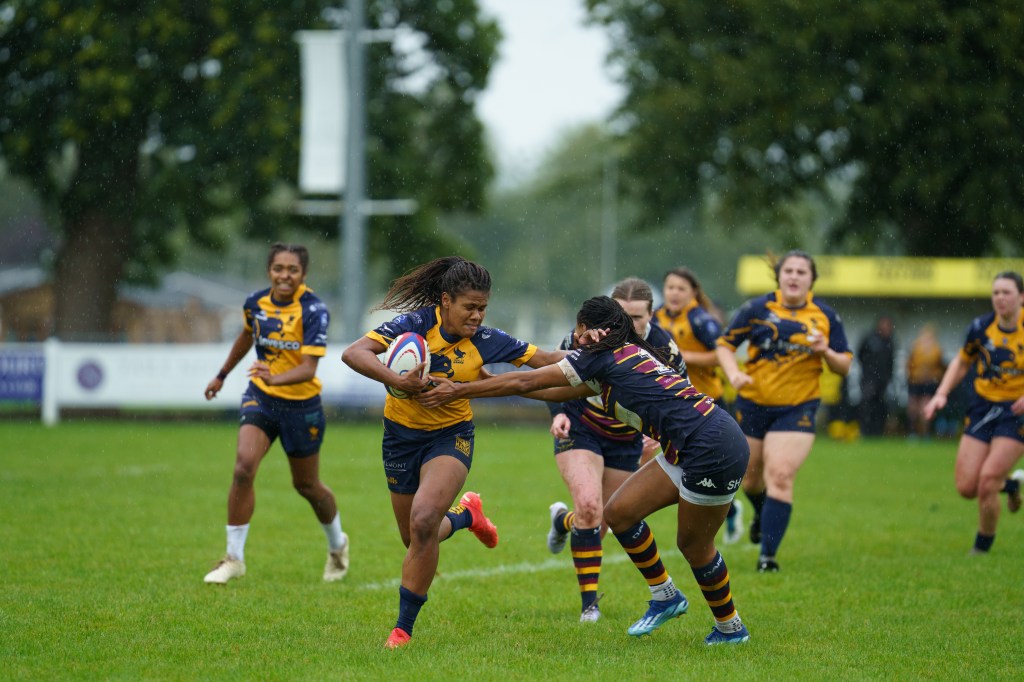
The lens exhibits some focus breathing, with the image appearing to zoom significantly as the focus shifts from infinity to closer distances. This could be a concern for video shooters or for those creating focus stacks, but it’s unlikely to be a major issue for most stills photography.
Sigma 200mm F2 DG OS Sports – Image Quality
The image quality from the Sigma 200mm F2 DG OS Sports is excellent, even when the aperture is wide open to f/2. I used it with the 61MP Sony Alpha A7R IV and together they produce extremely detailed images. The central sharpness is outstanding and there’s only a very minor drop-off in the corners. If you check images at 100% on-screen, diffraction becomes noticeable at f/16 and more so at f/22. I’d aim to make f/16 the minimum aperture I use.
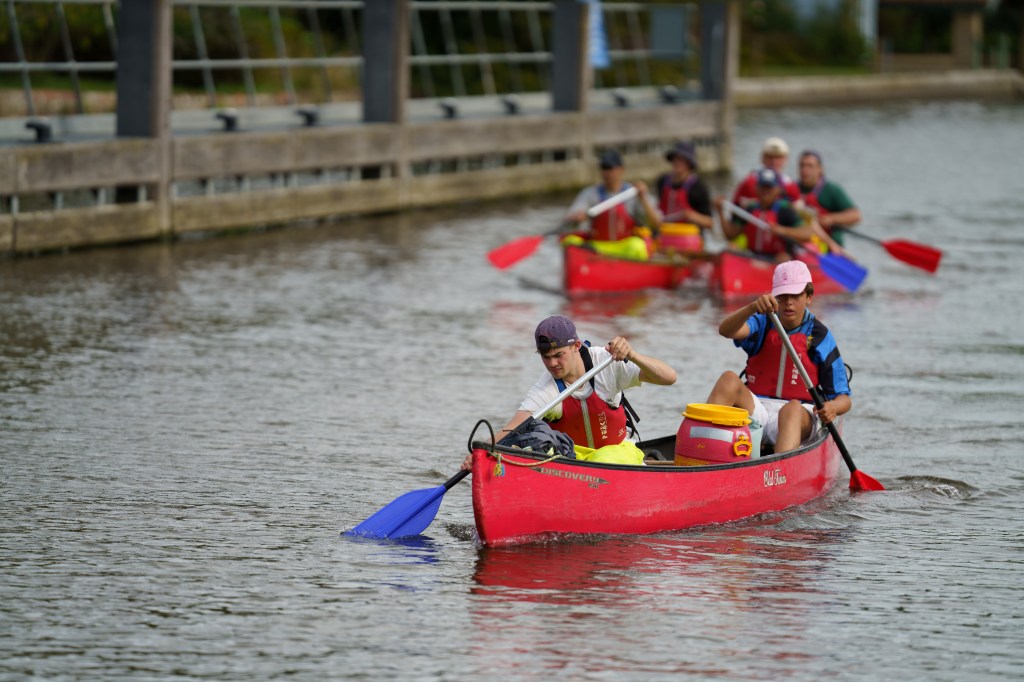
The inclusion of FLD and SLD elements helps minimise chromatic aberration and I found no noticeable fringing in high-contrast scenes, even at wide apertures.
As a telephoto prime, the lens naturally exhibits low levels of curvilinear distortion. Straight lines remain straight across the frame.

Vignetting is controlled well. Although there’s some slight corner shading at the widest apertures, it’s nothing to worry about and is gone by f/4.
Its bokeh is one of the key strengths of the Sigma 200mm F2 DG OS Sports. Out-of-focus areas are beautifully smooth and small highlights remain round across the frame thanks to the 11-blade rounded diaphragm. The shallow depth of field at f/2 allows for strong subject separation, making this an excellent lens for portraiture. When photographing the rugby match, even at distances where a player filled only part of the frame, the lens was able to isolate them from the background because of the shallow depth-of-field at maximum aperture.

Further good news is that flare isn’t an issue, especially when the deep lens hood is used. I tried to force the matter by removing the hood and positioning the lens so the sun either sent rays across the front element or was in the frame, but all I saw was a slight drop in contrast.
Sigma 200mm F2 DG OS Sports – Verdict
The Sigma 200mm F2 DG OS Sports is a niche lens, but one that delivers outstanding results. Its bright aperture and exceptional image quality make it a tempting choice for indoor sports, low-light events and long-distance portraiture. It produces impressively sharp images even at f/2, with attractive bokeh and well-controlled aberrations.

That said, its weight and size mean it’s not a lens you’ll want to carry or use hand-held for long periods of time. And while its fixed focal length suits some situations perfectly, it lacks the versatility of a zoom lens when shooting unpredictable subjects such as sport or wildlife. The absence of teleconverter compatibility is disappointing, particularly for wildlife photography, where extra reach is often essential. If Sigma could offer a matched converter without sacrificing image quality, it could effectively transform this into a 400mm f/4 equivalent, expanding its appeal.
In practice, this lens is best suited to controlled or predictable environments, where mobility is less critical and the fast maximum aperture is a real asset. For indoor sports, concerts, theatre work or distant portraiture, it’s an excellent performer.
Ultimately, for photographers who prioritise image quality and shallow depth of field above all else, the Sigma 200mm F2 DG OS Sports is a compelling and rewarding choice.

Full specifications
| Price: | $3299 / £2999 |
| Filter Diameter: | 105mm |
| Elements: | 19 |
| Groups: | 14 |
| Diaphragm blades: | 11 |
| Aperture: | f/2 – f/22 |
| Min focus distance: | 170cm |
| Length: | 203mm (Sony E-mount) |
| Diameter: | 118.9mm |
| Weight: | 1800g (Sony E-mount) |
| Lens Mount: | L-mount or Sony E-mount |
| Included accessories: | Pouch, Lens Hood LH1139-01, Front Cap LCF-105 IV, Rear Cap LCR III, Shoulder Strap |

